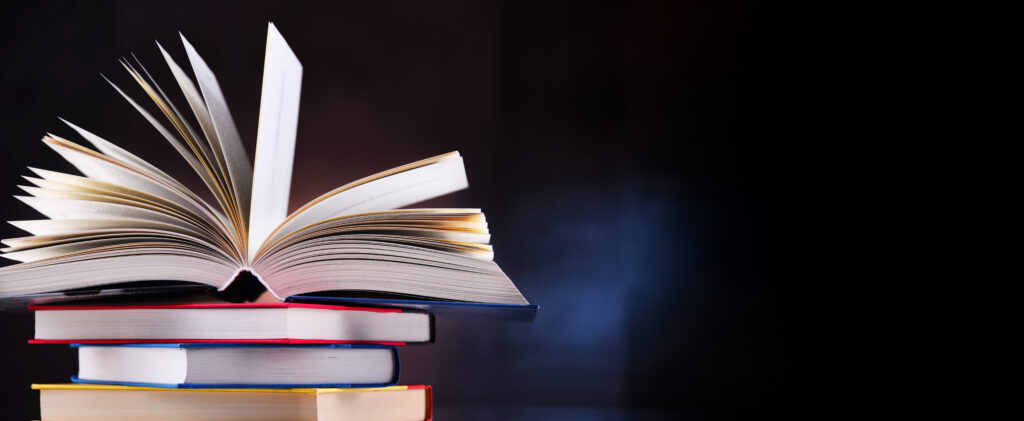
A team of researchers of the Italian National Agency for New Technologies, Energy and Sustainable Economic Development (ENEA), led by Sabina Botti – researcher at the ENEA Micro and Nanostructures Laboratory for Photonics and author of the study published in the Molecules journal – has developed a new “green” diagnostic protocol for the protection of ancient books. This protocol quickly and noninvasively assesses the conservation status of ancient books and the effectiveness of cleaning treatments adopted by restorers to prevent or delay degradation through the application of nonaggressive and nontoxic chemicals (idrogel) or direct irradiation treatments.
Cellulose, the main constituent of paper, undergoes natural degradation over time, which depends on various factors intrinsic to the paper and storage conditions. However, the application of hydrogel has shown a good cleaning action and a strong ability to capture contaminants that may be there, such as starch, gum arabic, animal glues and gelatin.
In detail, the methodology used to preserve the ancient book heritage involved the use of Raman spectrometry and optical microscopy, two non-destructive and non-invasive techniques. “To slow down the degradation of paper and restore the quality of the ancient book heritage, several cleaning treatments have been developed to remove external contaminants and products of oxidation and decomposition of paper. The problem is that not all of them preserve the unique characteristics of ancient books over time. To study the ’health’ status of the paper before and after treatment, we used, on paper samples dating back to the late 1800s, Raman spectroscopy, a very effective analysis technique that uses ’light’ to study the chemical composition of materials. This has proven to be a suitable tool for defining the type of degradation but also for assessing the effectiveness of cleaning treatments,” Botti said.

